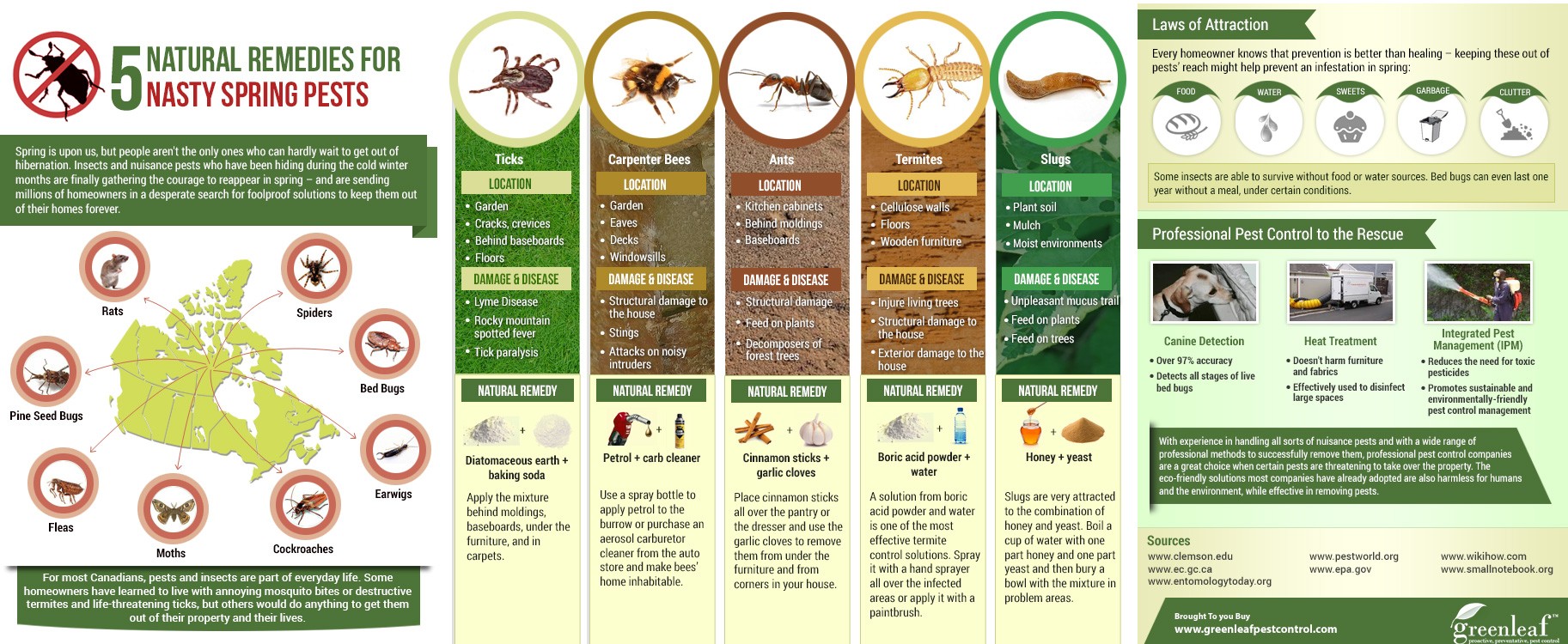Maximize Your Expertise Of Rodent Nesting Patterns To Defeat These Pests And Refine Your Rodent Management Strategies
Maximize Your Expertise Of Rodent Nesting Patterns To Defeat These Pests And Refine Your Rodent Management Strategies
Blog Article
Authored By-Broussard Lehman
When it pertains to rodent control, comprehending common rodent habits is crucial to effectively taking care of infestations. Did you recognize that rats have some remarkable nesting habits that might shock you? By discovering their intricate behaviors, you can gain important understandings into just how to tackle rodent concerns in a much more tactical and effective fashion. So, allow's unwind the enigmas behind these creatures' actions and find out just how to outmaneuver them in your rodent control efforts.
Rodent Nesting Behaviors
When observing rodents in their natural environment, you'll see that they actively seek out products to create their nests. Rodents, such as mice and rats, are clever animals that utilize a variety of items like branches, leaves, paper, and material to construct their homes. They're thorough in their nest-building procedure, often lining their nests with softer materials like fur or plumes to produce a cozy environment.
Rodents choose to construct their nests in concealed and protected locations to safeguard themselves and their young from predators. Typical nesting areas consist of wall surface tooth cavities, attic rooms, basements, and also within insulation materials. By building their nests in these remote locations, rats can safely increase their spawn far from potential dangers.
It is important to comprehend the nesting routines of rats when carrying out control procedures. By interrupting their nests or getting rid of products, you can prevent rats from developing a presence in your home or building. Appropriate hygiene and sealing off access factors are also critical steps in avoiding rodent problems.
Rat Feeding Patterns
After observing rats' nesting practices, it comes to be apparent that their feeding patterns play a crucial function in their lives and actions. Rodents, including mice and rats, are opportunistic feeders, suggesting they'll eat whatever food source is easily offered. They're primarily nighttime animals, preferring to forage for food throughout the cover of night to stay clear of predators.
Rats have a varied diet, varying from grains, seeds, fruits, and vegetables to bugs, nuts, and even small pets. click here now in their food choices allows them to flourish in various settings, consisting of city areas where human food resources are plentiful.
https://www.washingtonpost.com/travel/2022/08/18/humane-animal-attractions/ feeding patterns aren't only driven by hunger yet likewise by the need to accumulate food for times of scarcity. This actions is especially visible to prepare for winter months or when nesting. Rodents are recognized to hoard food in their nests or burrows, making sure a continuous food supply. Recognizing their feeding patterns is necessary in carrying out reliable rodent control actions to interrupt their food resources and avoid problems.
Rodent Movement and Traveling
Rodents browse their surroundings with agility and stealth, using their keen senses to relocate swiftly through their atmospheres. These animals are skilled mountain climbers, able to range walls and vertical surface areas easily. They can additionally press with surprisingly tiny openings, making it vital to seal off any kind of potential access factors in your home.
When it concerns taking a trip, rodents often tend to adhere to acquainted paths, creating trails along walls or skirting the edges of areas. They're creatures of habit, frequently sticking to these established paths as they forage for food or discover their environments.
Rats are known for their nighttime habits, so you might hear them scooting around at night as they search for food and water. Their movements are quick and erratic, enabling them to dart in and out of sight in the blink of an eye.
Recognizing exactly how rats relocate and take a trip can aid you recognize prospective invasion areas in your home and take aggressive steps to avoid these bugs from acquiring a foothold.
Verdict
As you work to regulate rats in your home, bear in mind that comprehending their behavior is key. By acknowledging their nesting habits, feeding patterns, and movement, you can successfully protect against infestations.
Coincidentally, by taking aggressive procedures to remove food resources and seal off access points, you can interrupt their familiar courses and force them to seek new places, inevitably minimizing the probability of rodent existence in your space.
